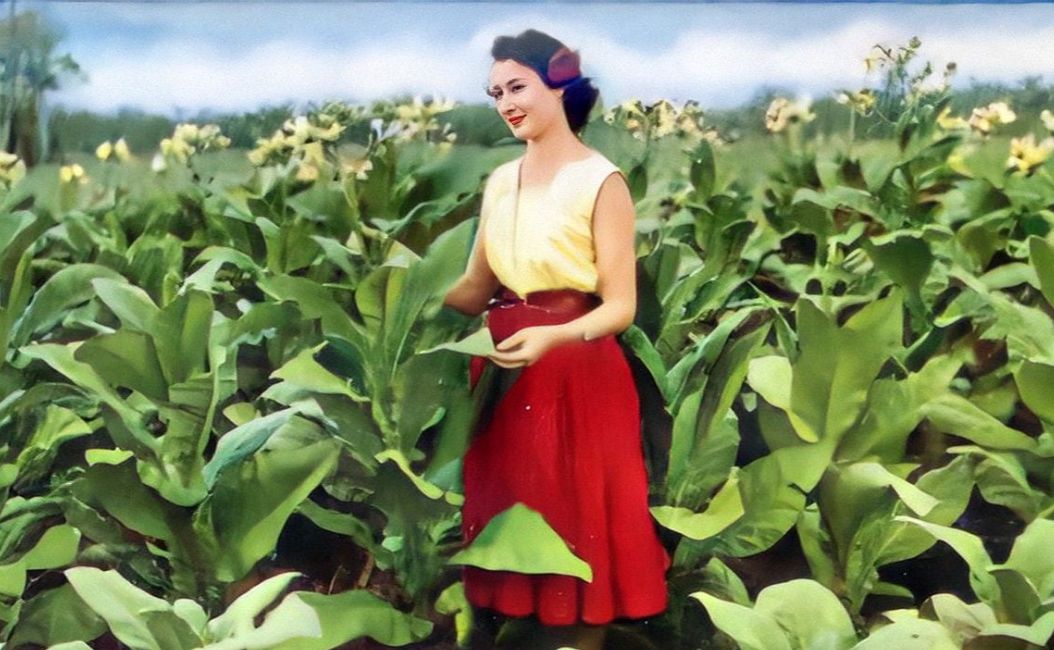
Enter your details below to become a Port Douglas VIP.
Become a Port Douglas VIP today & WIN a Weekend Escape. Winner packages announced by email every month.
Get first access to VIP event tickets, special dining packages, last minute accommodation and limited access experiences by joining VIP.
VIP Members will be given the opportunity to accumulate Port Douglas points when booking accommodation, travel, tours, dining and more each visit to Port Douglas. These points will enable savings to be made on the visitor's next trip to Port Douglas.